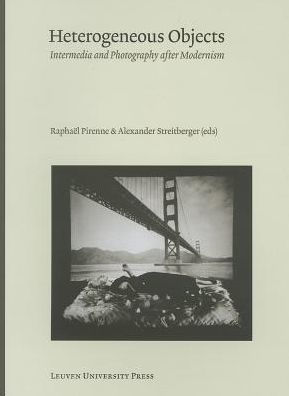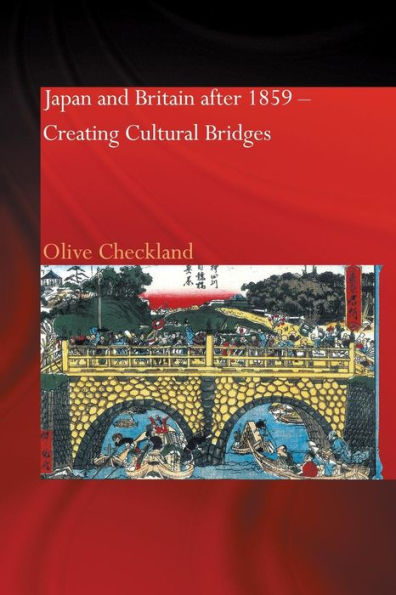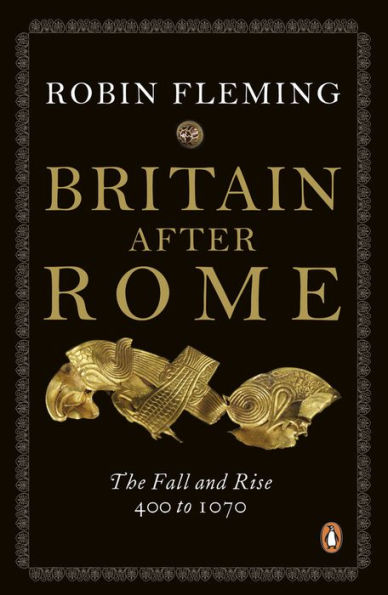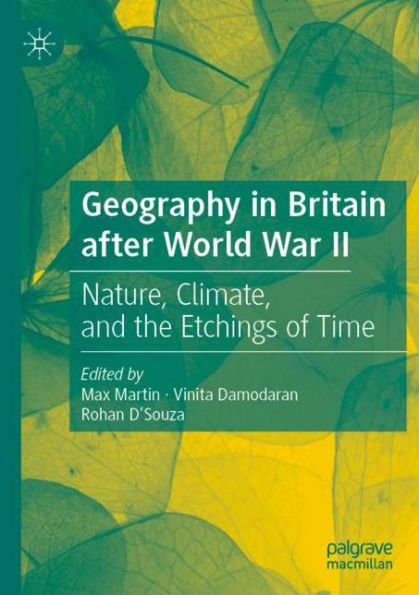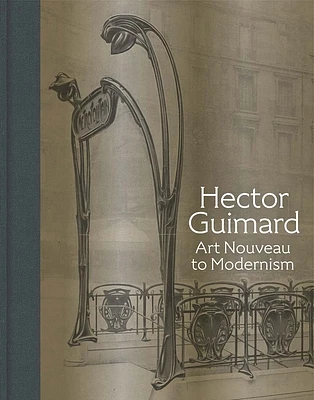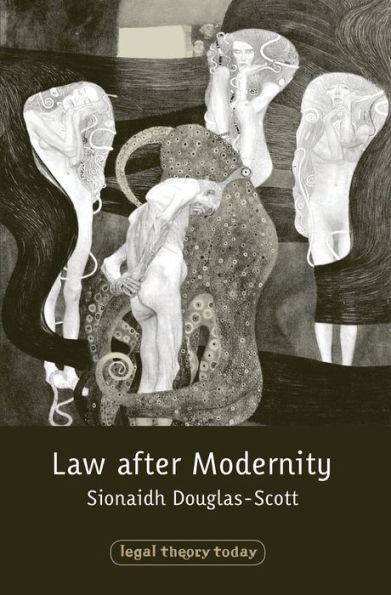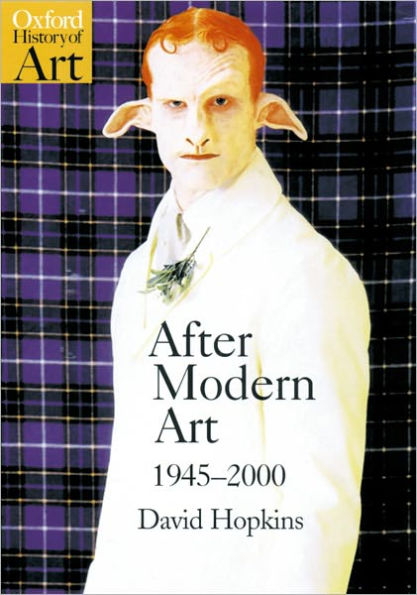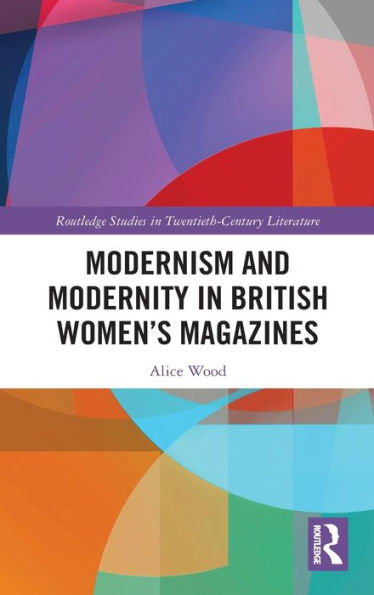Home
The nouveau roman and Writing Britain After Modernism
Loading Inventory...
Barnes and Noble
The nouveau roman and Writing Britain After Modernism
Current price: $105.00
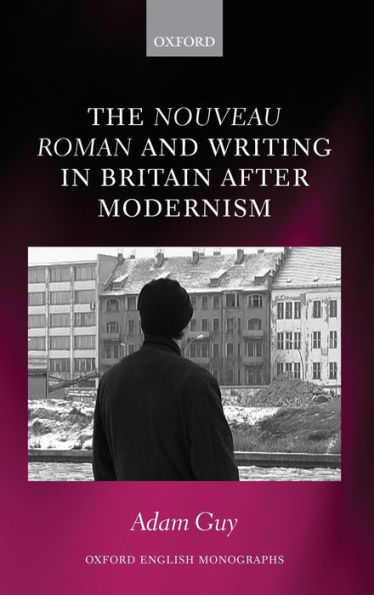

Barnes and Noble
The nouveau roman and Writing Britain After Modernism
Current price: $105.00
Loading Inventory...
Size: Hardcover
*Product Information may vary - to confirm product availability, pricing, and additional information please contact Barnes and Noble
The
nouveau roman
and Writing in Britain After Modernism
recovers a neglected literary history. In the late 1950s, news began to arrive in Britain of a group of French writers who were remaking the form of the novel. In the work of Michel Butor, Marguerite Duras, Robert Pinget, Alain Robbe-Grillet, Nathalie Sarraute, and Claude Simon, the hallmarks of novelistic writingdiscernible characters, psychological depth, linear chronologywere discarded in favour of other aesthetic horizons. Transposed to Britain's highly polarized literary culture, the
became a focal point for debates about the novel. For some, the
represented an aberration, and a pernicious turn against the humanistic values that the novel embodied. For others, it provided a route out of the stultifying conventionality and conformism that had taken root in British letters. On both sides, one question persisted: given the innovations of interwar modernism, to what extent was the
actually new?
This book begins by drawing on publishers archives and hitherto undocumented sources from a wide range of periodicals to show how the
was mediated to the British public. Of central importance here is the publisher Calder & Boyars, and its belief that the
could be enjoyed by a mass public. The book then moves onto literary responses in Britain to the
, focusing on questions of translation, realism, the end of empire, and the writing of the project. From the translations of Maria Jolas, through to the hostile responses of the circle around C. P. Snow, and onto the literary debts expressed in novels by Brian W. Aldiss, Christine Brooke-Rose, Eva Figes, B. S. Johnson, Alan Sheridan, Muriel Spark, and Denis Williams, the
is shown to be a central concern in the postwar British literary field.
nouveau roman
and Writing in Britain After Modernism
recovers a neglected literary history. In the late 1950s, news began to arrive in Britain of a group of French writers who were remaking the form of the novel. In the work of Michel Butor, Marguerite Duras, Robert Pinget, Alain Robbe-Grillet, Nathalie Sarraute, and Claude Simon, the hallmarks of novelistic writingdiscernible characters, psychological depth, linear chronologywere discarded in favour of other aesthetic horizons. Transposed to Britain's highly polarized literary culture, the
became a focal point for debates about the novel. For some, the
represented an aberration, and a pernicious turn against the humanistic values that the novel embodied. For others, it provided a route out of the stultifying conventionality and conformism that had taken root in British letters. On both sides, one question persisted: given the innovations of interwar modernism, to what extent was the
actually new?
This book begins by drawing on publishers archives and hitherto undocumented sources from a wide range of periodicals to show how the
was mediated to the British public. Of central importance here is the publisher Calder & Boyars, and its belief that the
could be enjoyed by a mass public. The book then moves onto literary responses in Britain to the
, focusing on questions of translation, realism, the end of empire, and the writing of the project. From the translations of Maria Jolas, through to the hostile responses of the circle around C. P. Snow, and onto the literary debts expressed in novels by Brian W. Aldiss, Christine Brooke-Rose, Eva Figes, B. S. Johnson, Alan Sheridan, Muriel Spark, and Denis Williams, the
is shown to be a central concern in the postwar British literary field.

